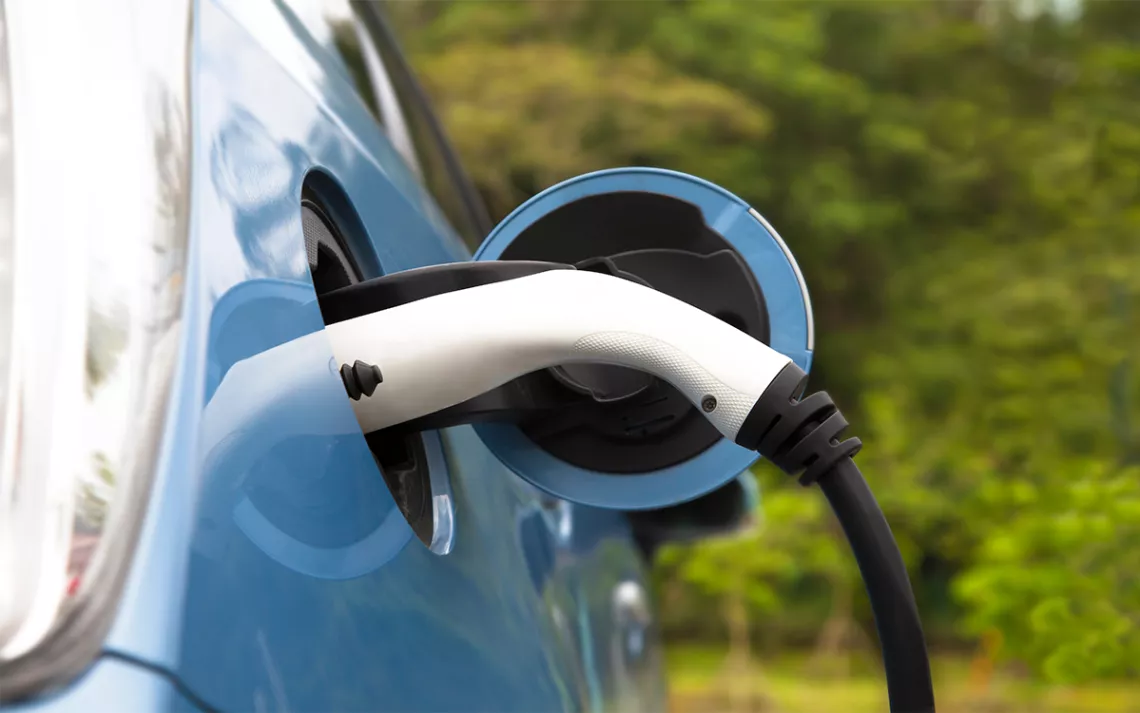What Are the Best Ways to Make a Household Greener?
It starts with the power of the pocketbook, says Mr. Green

Photo by Tomwang112/iStock
Hey Mr. Green,
I’m on the board of a small nonprofit. We are trying to decide how best to encourage households to be greener. We would like to know to what extent people recycle, compost, drive ecofriendly cars, use public transportation, use LED lighting, and use green energy. This would show where the greatest need for education and our efforts would be.
—David in Cincinnati
There is quite a big variation in these areas in different parts of the country. I’d focus on ecofriendly cars and green energy.
The average gas mileage for new vehicles remains stuck at 25 miles per gallon, which is downright depressing. This is because of increased sales of SUVs and pickup trucks, which usually burn more gasoline than smaller cars. If we bought smaller, cheaper, more fuel-stingy cars, we could more easily afford to put solar energy on our rooftops, or pay a bit more for clean energy—even more so with EVs, which currently have the lowest total cost of ownership of any vehicles (even if EV sticker prices are higher than gas cars for now). There are 5-kilowatt-hour solar installations now available for about $11,000, which can supply much or all the electricity in a typical home, and can pay for themselves in as little as seven years. If you cut your electric use, you could get by with considerably less than 5 kilowatts.
You can also encourage folks to go greener with lighting. Using LEDs to replace incandescent and halogen bulbs would save the average household about $100 a year, according to the Consumer Federation of America. With well over 100 million households in the country, that’s a fairly hefty savings. In California alone there are an estimated 250 million old, inefficient bulbs that could be replaced.
Recycling is a more complicated question because of regional differences in how people go about it. An additional problem is that consumers often contaminate recycling bins with material that is dirty or not recyclable in the first place. This is why China, a major customer for our recycling waste, has banned a lot of U.S. material. Some recyclers actually consider this a blessing because it could force recyclers to adapt cleaner strategies. Consumers can do their part by finding out for sure what should and should not be put into recycling containers.
 The Magazine of The Sierra Club
The Magazine of The Sierra Club



